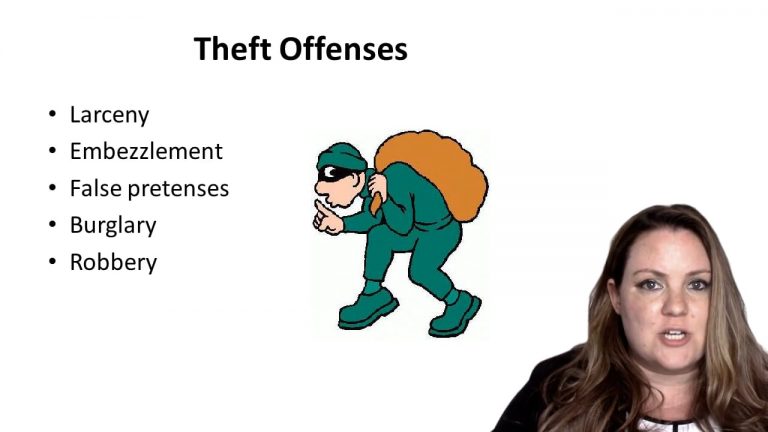SmartBrief
Confirm favorite deletion?
Criminal Law Keyed to Gershowitz
United States v. Donato-Morales
Citation:
382 F.3d 42.Facts
On January 4, 2003, Donato went to the Army and Airforce Exchange service to buy a VCR so that he could transfer his daughter’s wedding video from his brother’s video camera onto tape.
Mark Montalvo, a store employee, testified that, at a time before the events shown in the surveillance video, he opened a box containing a Mitsubishi VCR for Donato and showed him it. Montalvo testified that Donato seemed pleased with what he saw, and their conversation ended. Montalvo further testified that he had said nothing about opening boxes and that store policy required a sales associate to be present when customers opened merchandise.
Donato’s testimony contradicted Montalvo’s. Donato denied that Montalvo showed him a VCR and also claimed that Montalvo gave him permission to open VCR boxes on his own. After speaking to Montalvo, Donato continued shopping and put a different VCR, a Sony N88 that Montalvo testified cost approximately $99, in his shopping cart. Donato’s next moves were captured on surveillance video. Donato removed a Mitsubishi HS-U445 VCR from its box and packaging, inspected it, and left the VCR unit on the display shelf. He then examined a more expensive Mitsubishi model 746 VCR, which was $189, and removed it from its box. He put the 746 VCR inside of the 445 VCR box and ultimately paid $99 for it.
Donato was apprehended when he exited the store by security office Nelson Colon, who had been observing imp on the surveillance video. Colon testified that when he confronted Donato about the fact that Donato had switched the VCRs and that the wrong VCR was in the box, Donato “said it was probably a mistake.” Donato testified that he didn’t realize he had switched the VCRs. He was convicted of larceny. He appealed, arguing that the evidence at trial was not sufficient to support a finding of specific intent.
Only StudyBuddy Pro offers the complete Case Brief Anatomy*
Access the most important case brief elements for optimal case understanding.
*Case Brief Anatomy includes: Brief Prologue, Complete Case Brief, Brief Epilogue
- The Brief Prologue provides necessary case brief introductory information and includes:
Topic:
Identifies the topic of law and where this case fits within your course outline.Parties:
Identifies the cast of characters involved in the case.Procedural Posture & History:
Shares the case history with how lower courts have ruled on the matter.Case Key Terms, Acts, Doctrines, etc.:
A case specific Legal Term Dictionary.Case Doctrines, Acts, Statutes, Amendments and Treatises:
Identifies and Defines Legal Authority used in this case.
- The Case Brief is the complete case summarized and authored in the traditional Law School I.R.A.C. format. The Pro case brief includes:
Brief Facts:
A Synopsis of the Facts of the case.Rule of Law:
Identifies the Legal Principle the Court used in deciding the case.Facts:
What are the factual circumstances that gave rise to the civil or criminal case? What is the relationship of the Parties that are involved in the case.Issue(s):
Lists the Questions of Law that are raised by the Facts of the case.Holding:
Shares the Court's answer to the legal questions raised in the issue.Concurring / Dissenting Opinions:
Includes valuable concurring or dissenting opinions and their key points.Reasoning and Analysis:
Identifies the chain of argument(s) which led the judges to rule as they did.
- The Brief Prologue closes the case brief with important forward-looking discussion and includes:
Policy:
Identifies the Policy if any that has been established by the case.Court Direction:
Shares where the Court went from here for this case.
Topic Resources
Topic Outline
Topic Refresher Course
Topic Charts & Notes

 9m 29s
9m 29s